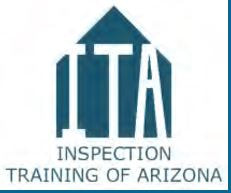|
I've been coming across this a lot lately on new builds. This is your water meter. In cold areas they are in your house because of freezing temperatures. In Arizona they are in a box located in your front yard. As you can see it is pretty well buried under the dirt, which makes it hard to access. Why is this bad you might ask? Well...your house had 2 main water shut off valves. One is located on the exterior of your house usually along a garage wall. If that one fails, guess where your second shut off is? You guessed it! Buried under the dirt upstream of your water meter. Not very accessible in an emergency. Hopefully you'll never have an issue, but it never hurts to be prepared.
0 Comments
The home inspector is a neutral third party hired to follow state-approved home inspection guidelines. A good home inspector will provide you with enough information to make sound decisions regarding your investment, recommend further evaluation by a licensed contractor pertaining to certain items and to ensure the house is safe and sound.
So what does a home inspector look for to determine this? Read on to find out... Another common find on my inspection today. This is an irrigation supply line. It is the transition from a brass irrigation shut off valve to the pvc underground line. The white debris on the pvc is a calcium/mineral build up. Whether it is actively leaking or not, this is something that needs to be fixed. Here's why.
1. You pay for your water usage. These types of leaks can add up and cost you a substantial amount cash. 2. We live in the desert. All types of critters such as scorpions and termites are attracted to moisture. 3. Your concrete foundation can be affected by the constant moisture penetrating your home. Typical things like this that get overlooked can bite you in the butt later. (no pun intended) You may be thinking that a New Home doesn't need an Inspection...WRONG!! New Home Construction is Fast & Furious and let's face it we are human and things can be missed!
Protect your Investment with a Home Inspection!! A2Z Home Inspections specializes in New Build Pre-Drywall & Pre-Closing Inspections! This was a silly attic find yesterday! If you are lucky enough to have an Aprilaire system in your house, it works better if it's plugged in. When was the last time you went up in your attic?
On one of my 11 month warranty inspections I found this. What you are seeing is a water softener drain line tapped into a plumbing vent in the attic space. Why this is a no no.
1. The potential for gas fumes to travel from the plumbing system to the water softener and contaminate your potable water. Ick! The drain should have an air gap to prevent this. 2. Obviously tape isn't the proper connection technique. This was located above the kitchen area. If this were to leak or separate it would flood their kitchen and cause all kinds of damage! From one pool owner to another I highly recommend these tips to keep your pool clean and running smooth!
1. Add a pool sock to your skimmer basket. The basket is great for catching bigger debris like leaves and such, but it let's lots of sand and small debris by. Because it catches more debris you will have to clean it more often. They are about $10 for a pack of 30 that are reusableable. I also add the weight(red golf club weight) in the sock to prevent it from floating. Well worth it! 2. Add a canister filter to your vacuum suction line. I recommend one with a net vs one with a basket for the same reason noted above. This also will filter what your vacuum is sucking up sending to your main pump filters. This filter you can pick up for $40. So these 2 items cost you a whopping $50 to protect your very expensive pool pump equipment. Hope these tips can help save you some money down the road. Because I was a journeyman plumber (on new construction) for over 10 years, one of my favorite jobs is the Pre-drywall Inspection. I like to see all the different techniques and styles builders use and how they differ from one another. To keep it simple I'm just going to focus on some plumbing issues that should be addressed.
1. The 2nd picture shows an arrow pointing at a 3" abs drain pipe in the ceiling trusses. This is the main drain coming from the 2nd floor master bath. Do you notice how it looks bowed? It is, the picture doesn't do it justice. The sagging in the middle will cause solids to collect there and lead to potential block up. You will get to know a drain cleaning company well. 2. The 3rd pic isn't as crucial because it's a vent pipe(not a drain pipe) for a laundry room. You can see it has a lot of slope. This should only have a 1/4" per foot. When I instantly see these items it concerns me what else I will uncover. These are good things to be fixed or at least documented before it's too late and the sheetrock is up! This is why it is so important to get a pre-drywal (stage) and 11 month warranty inspection.
On a pre-drywall inspection I had as you can see from the 1st picture some cracking in the foundation(which continued throughout the laundry and adjoining bedroom). The 2nd picture shows how the cracking went throughout the house and was visible from the exterior. You can see what the outcome is by looking at the 3rd picture. In this home the crack continued through 4 tiles in the kitchen dining room area. The tiles were replaced by the builder and cracked once again. Most new construction homes are built on a post tension foundation which is super strong. So don't worry! Your house will not be compromised because of this, but it will effect the finishing's you see in your home. Whether it's cracks in the floors or walls, it's always a good idea to get these details documented to protect your future self and home. |
AuthorBringing 10+ years of plumbing experience to educate and bring awareness to home owners regarding Home Inspections. Archives
June 2021
Categories
All
|


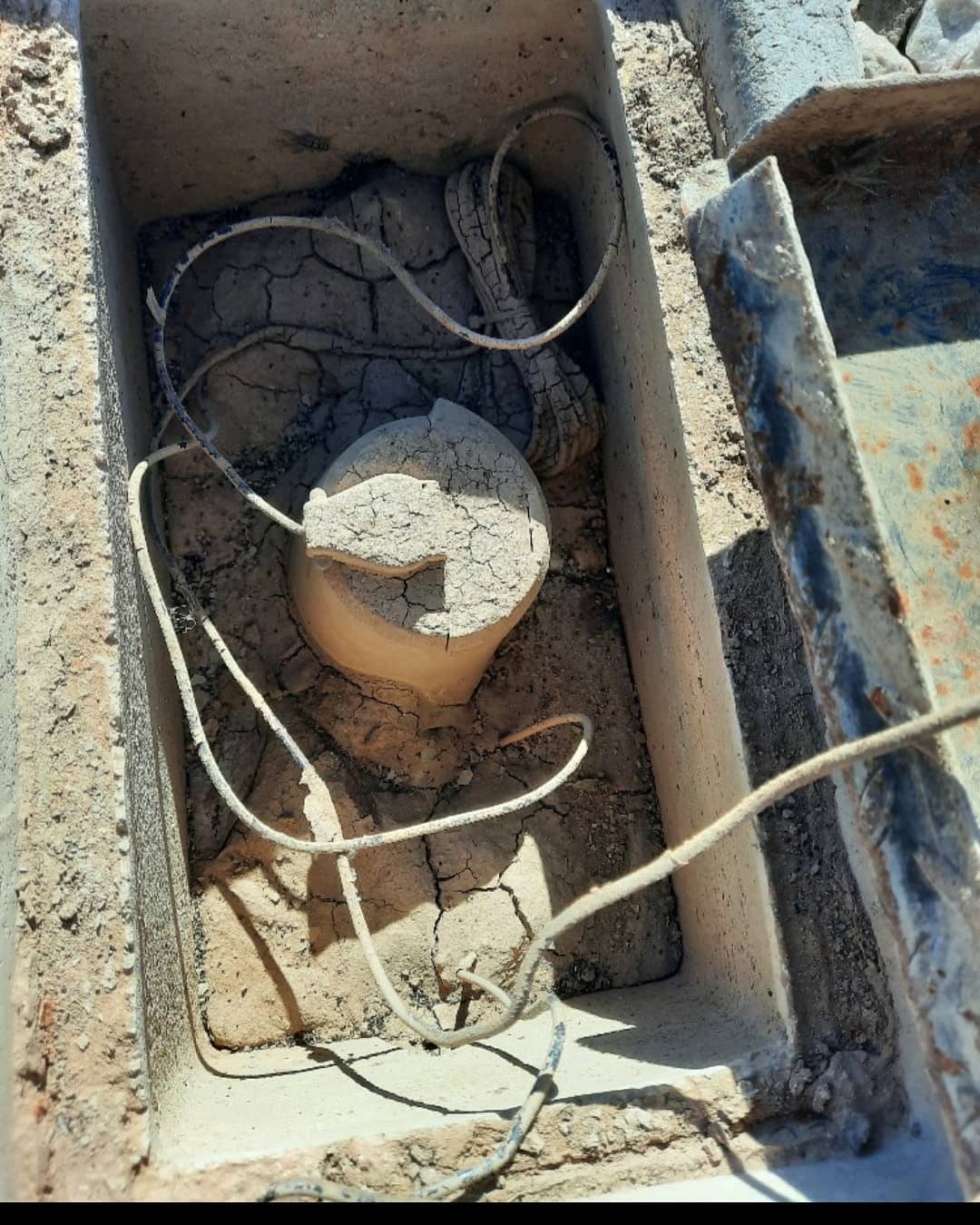
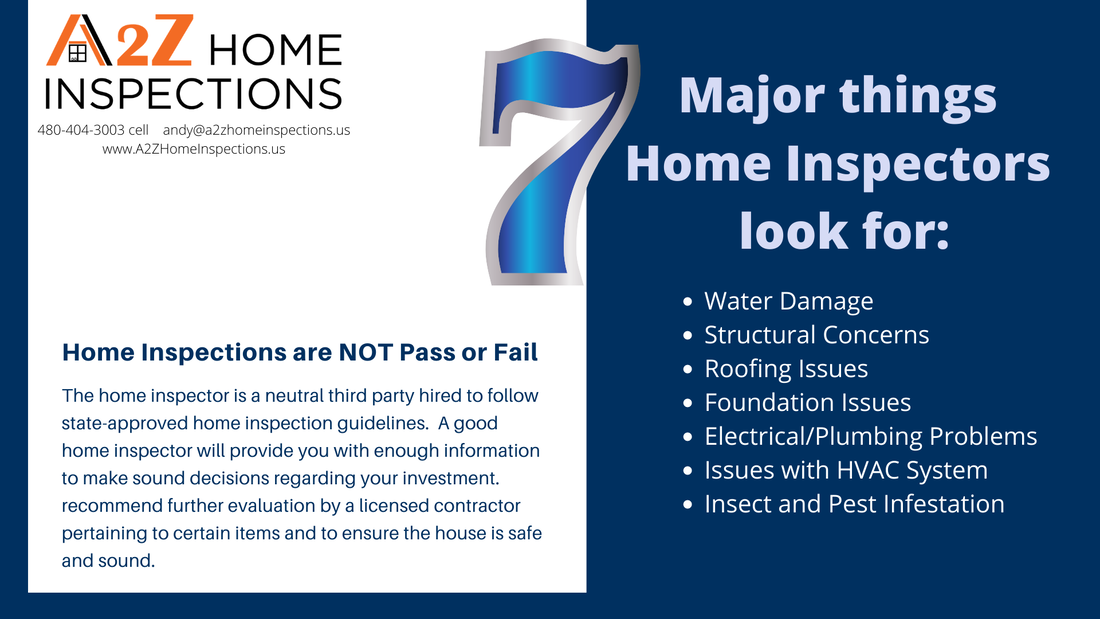
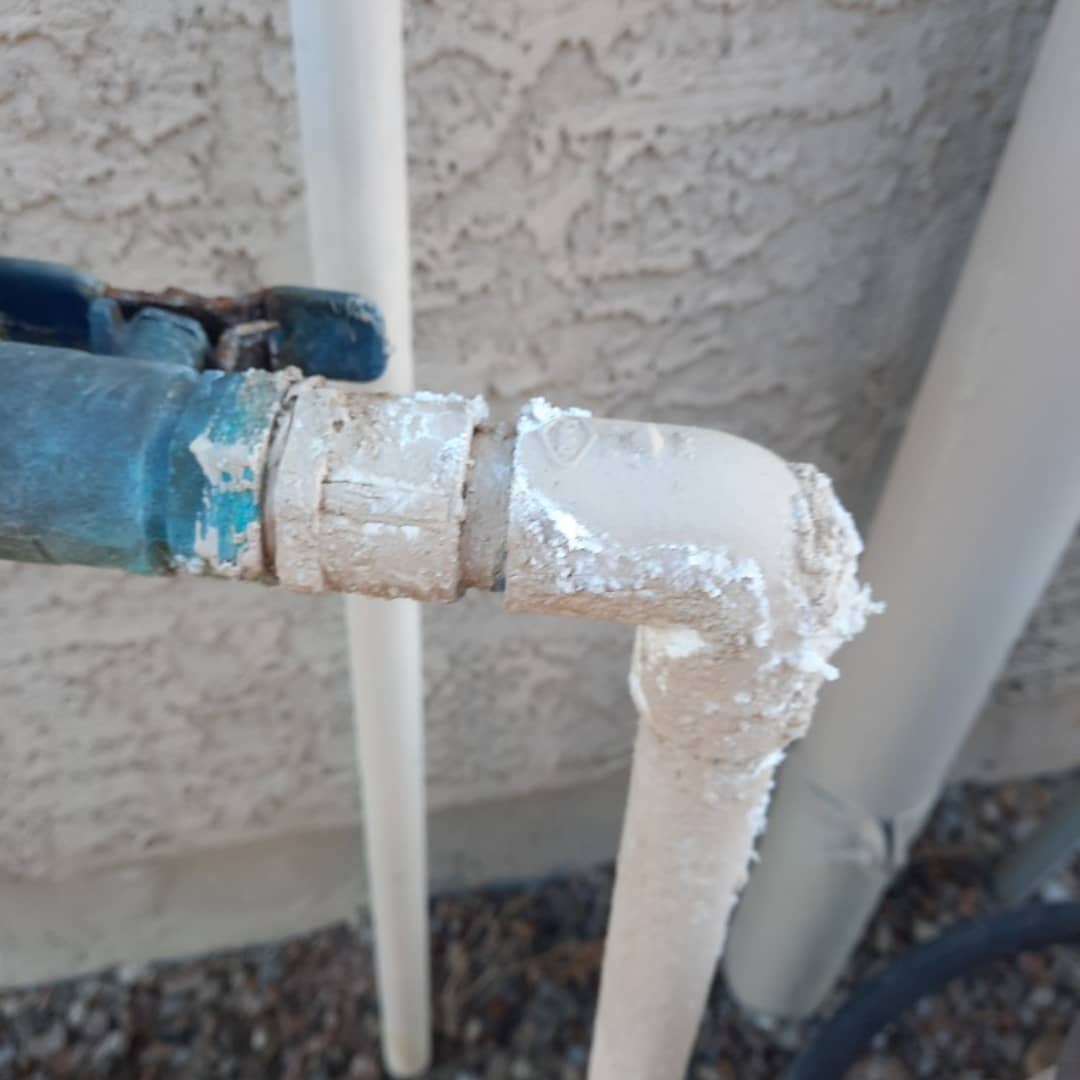
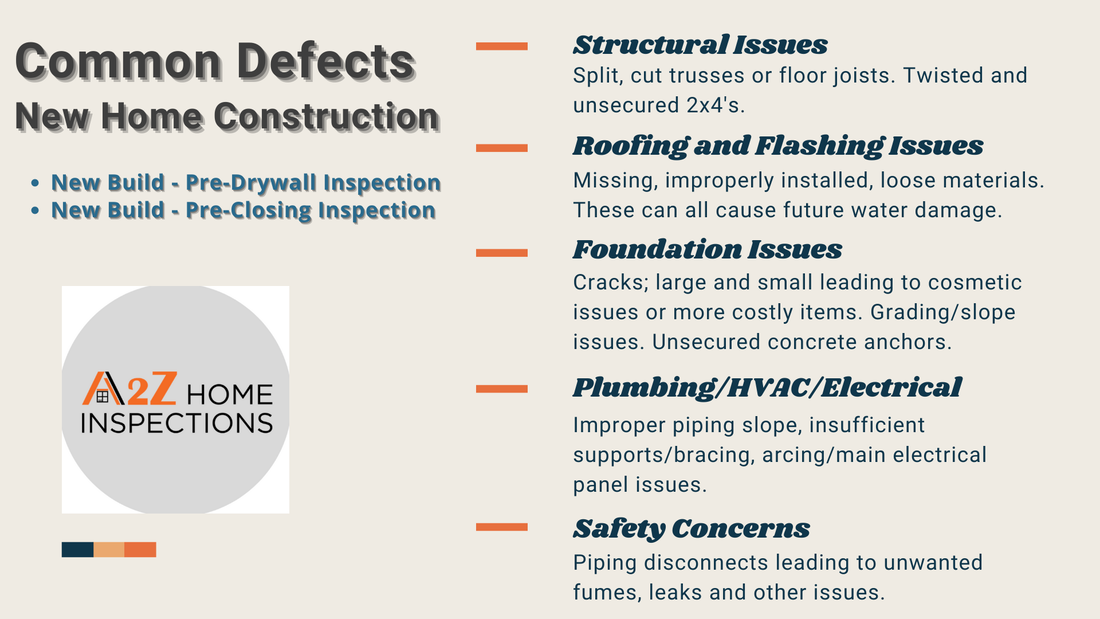
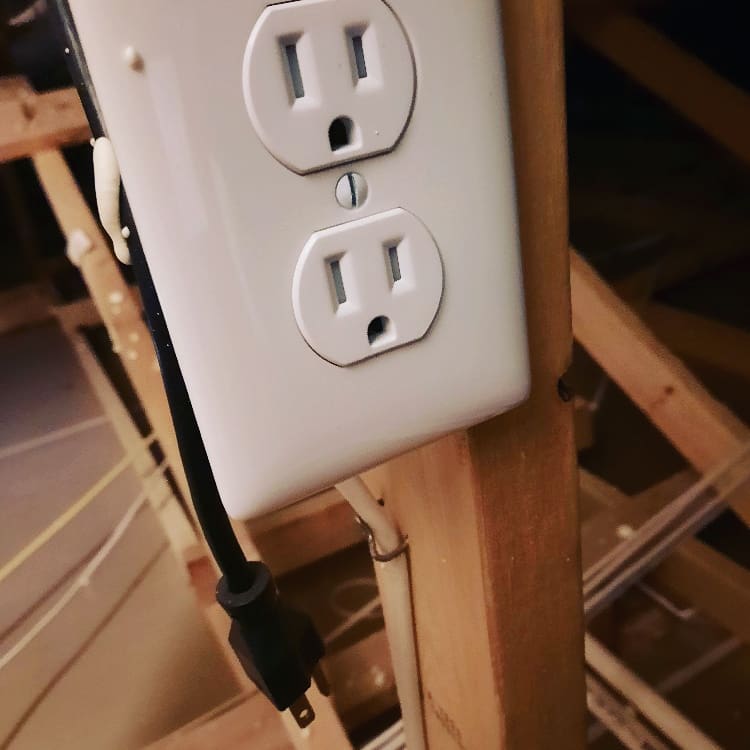
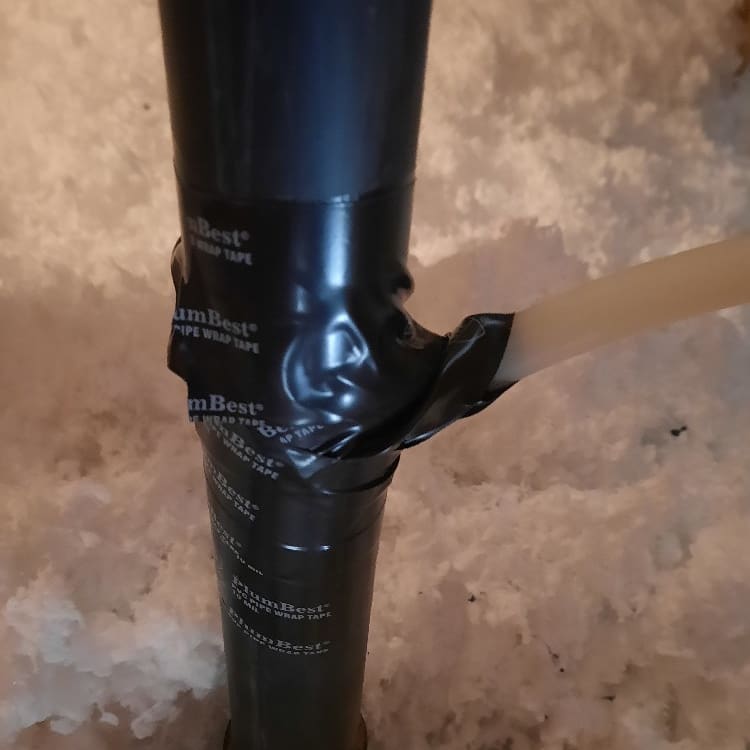
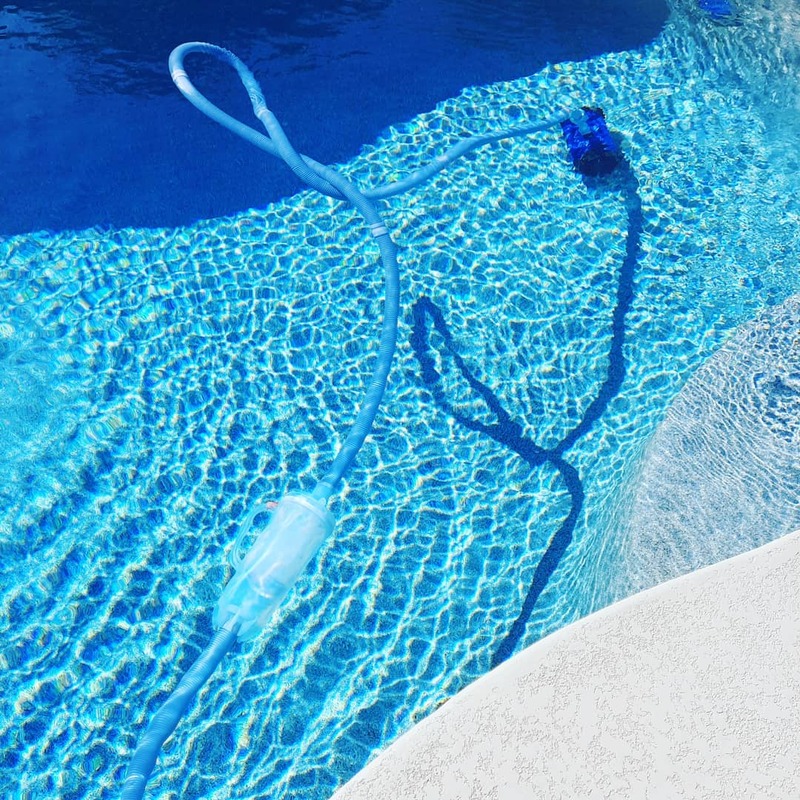
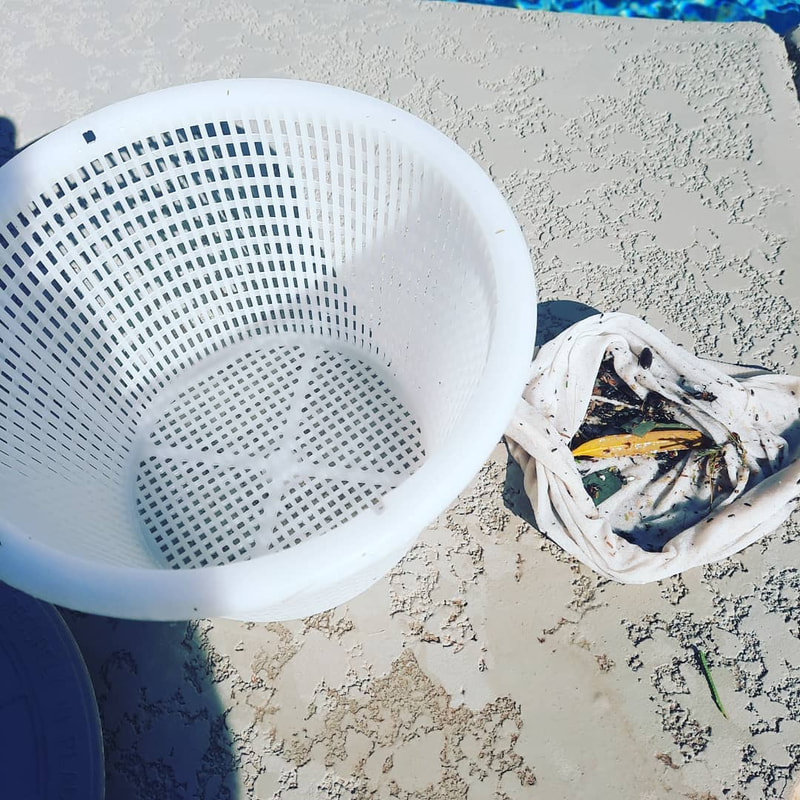
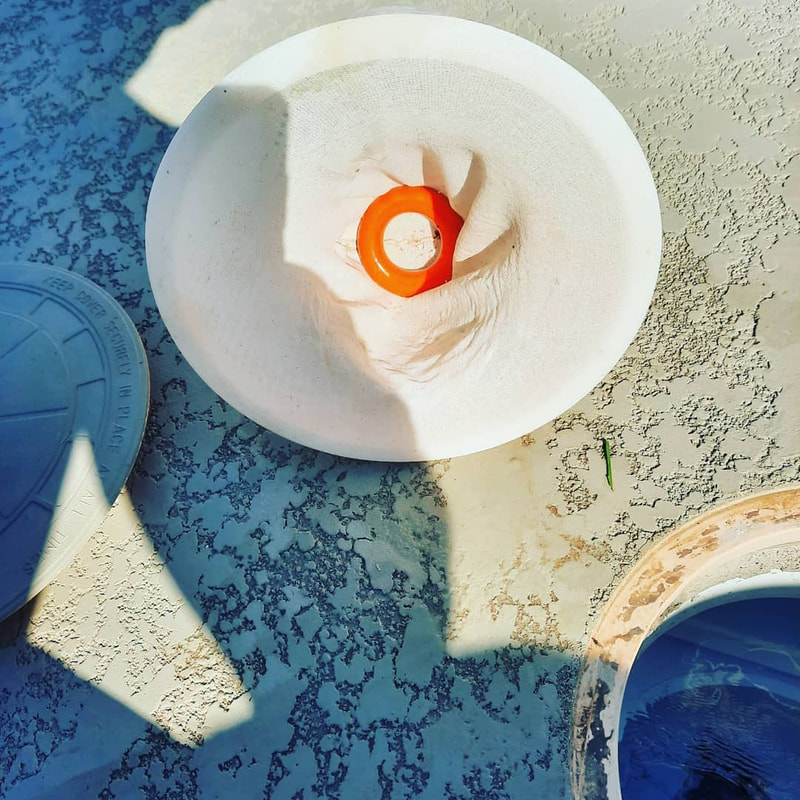
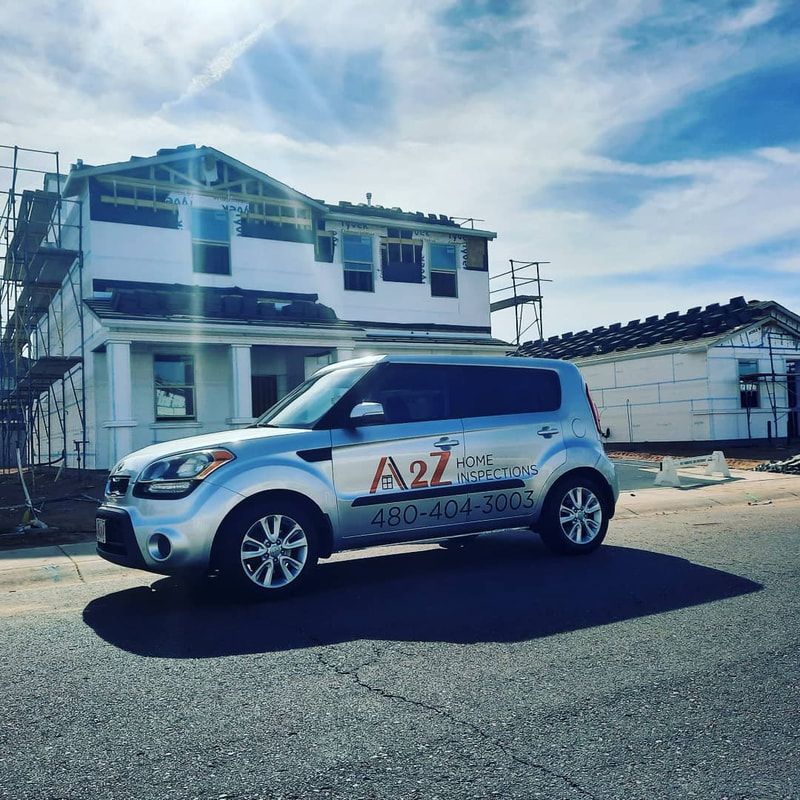
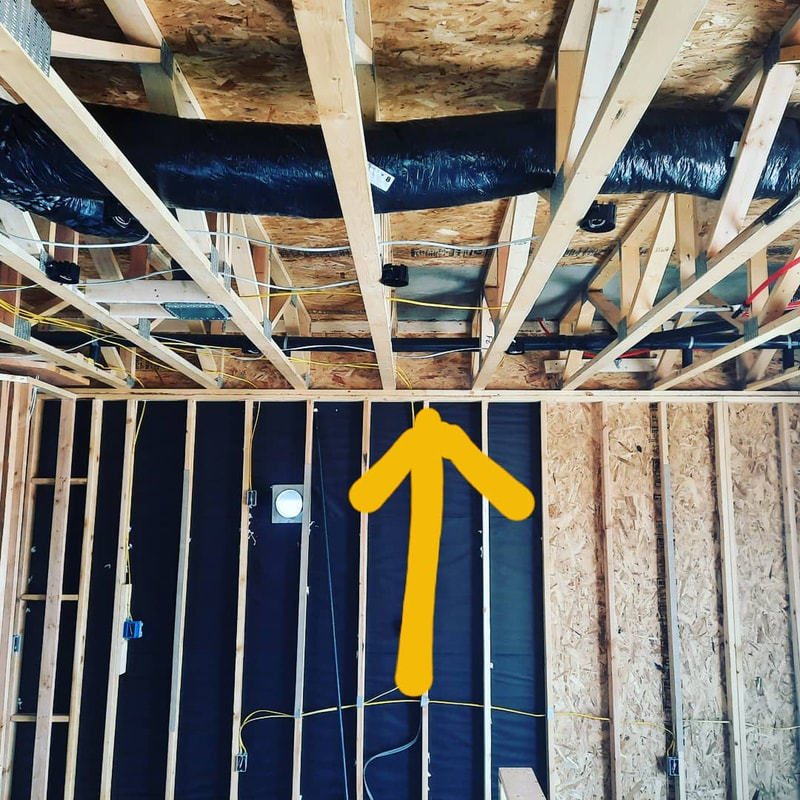
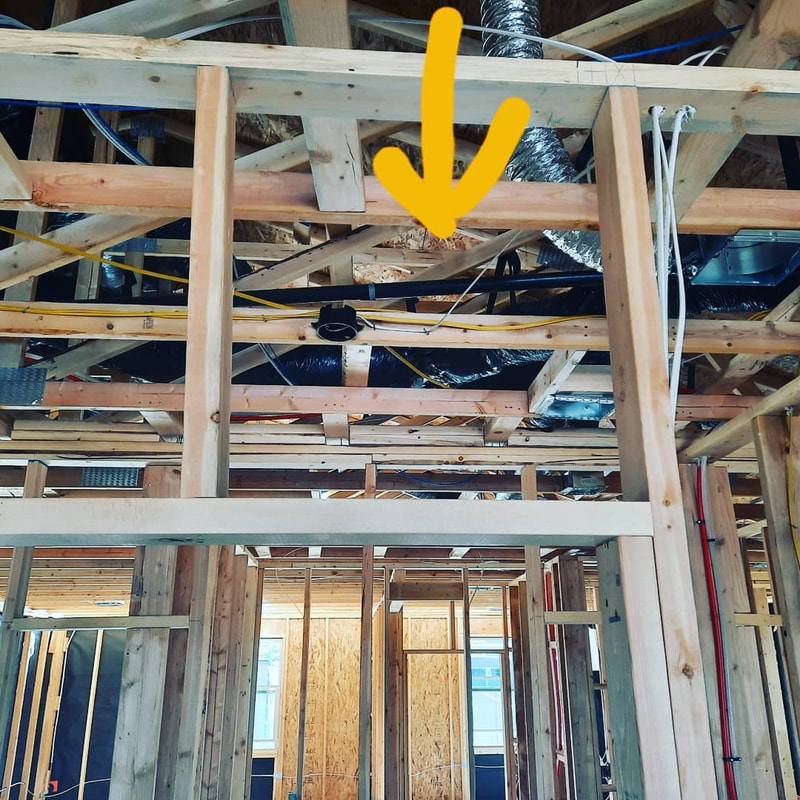
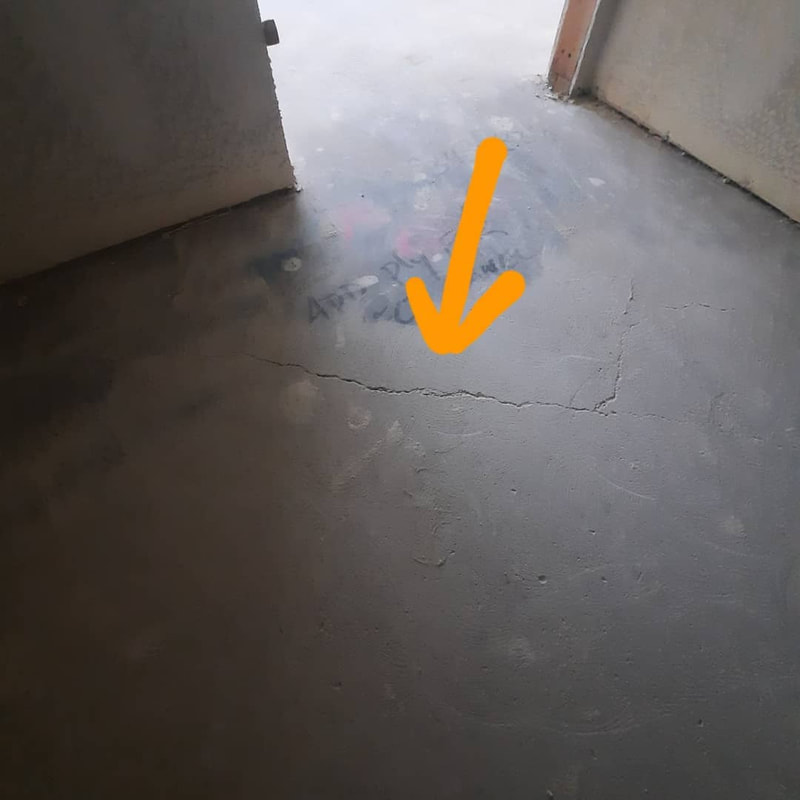

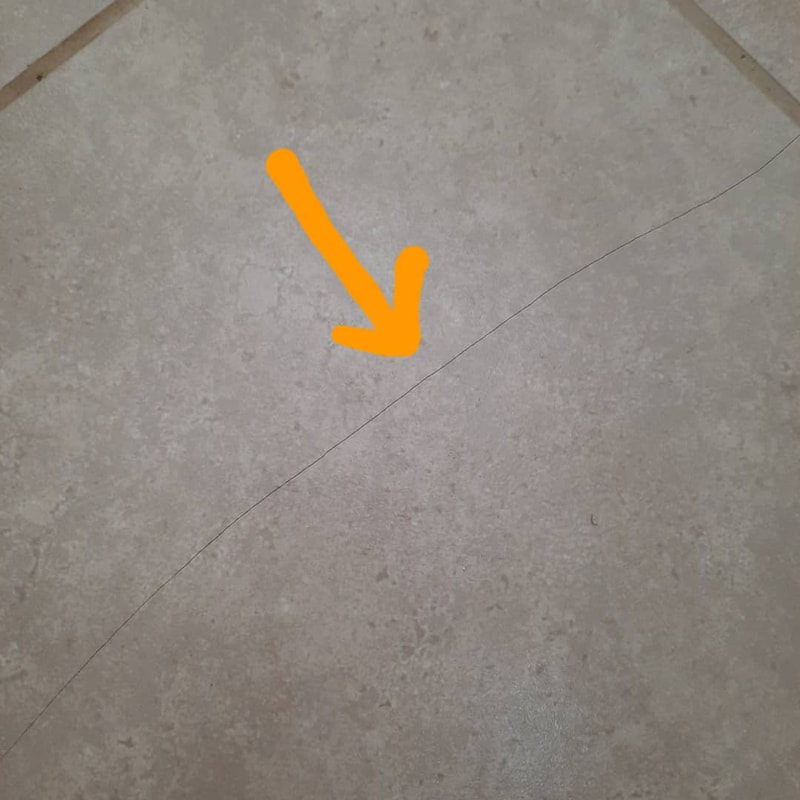
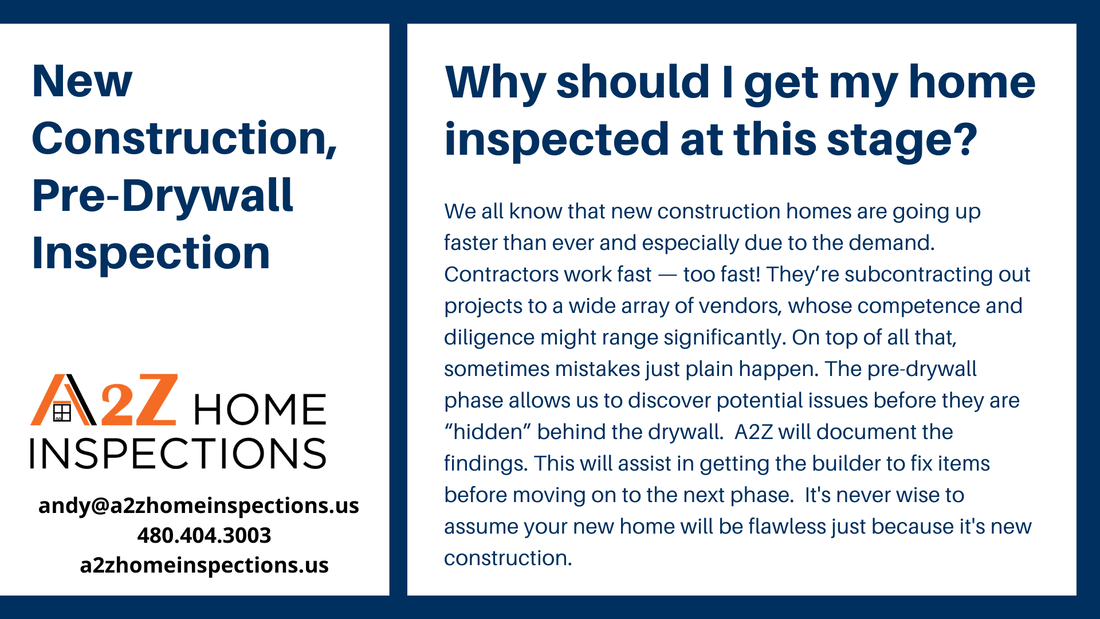
 RSS Feed
RSS Feed

